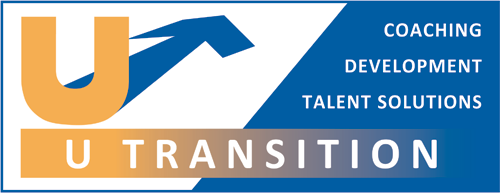

Talent Analytics are key to creating training programs that improve workplace performance.
While 70% of companies think talent analytics are a high priority, only 9% said they understood which talent dimensions drove organisational performance. Savvy companies rely on data to keep an upward trajectory when the business landscape shifts. As we enter the next “new normal” it’s crucial to keep up to date on what your employees need.
Dr Dan Harrison, Founder and CEO of Harrison Assessments recently published an article in the prestigious Training Magazine that explains how Talent Analytics can support your team.
There are two levels of talent analytics: individual and organisational. Individual analytics offer insight into each employee’s job fit, engagement, behavioural competencies at work, and paradoxical behaviours. These findings can help you create more effective strategies for individual employee training, hiring, role placement, talent development, and retention.
Organisational analytics differ from individual analytics because they also provide you with an overview of your company’s leadership team and overarching culture. This paints a complete picture of where your organisation may need additional training to improve organisational performance. Although this can be useful when assessing departments or teams, it shouldn’t be used to create a one-size-fits-all solution. Any initiatives targeting employees’ specific behavioural competencies at work should be based on individual analytics.
There are three critical elements to ensure talent analytics have the most impact in your organisation.
1. Companywide Buy-In
You know what kind of value talent analytics can produce, but your employees might see an initiative as a way to track their performance and squeeze out every last drop of productivity. By communicating how valuable analytics are to the organisation as a whole—and to each employee’s development, career advancement, and satisfaction—you can earn buy-in and start the initiative off on the right track.
2. Useful Feedback
Analytics can inform significant organisational changes, but these changes can breed resentment unless you share the findings that inspired them. Give employees feedback related to their data on both an individual and organisational level, using these insights to create realistic and mutually beneficial action plans. If you use talent analytics in conjunction with performance reviews, for instance, you can empower managers to have even more productive discussions with their team members and suggest targeted employee training.
3. Regular Reassessments
Progress isn’t instant, so you’ll want to track individual, team, and organisational findings over time to measure improvements and identify areas that need additional development. Comparing data across teams, departments, and divisions can help you identify areas for employee training and development before they become an issue. For example, some skill gaps and culture problems can stay hidden for years and only emerge when it’s too late to make meaningful changes.
It’s easy to get behind the importance of talent analytics, but it’s more difficult to implement analytics initiatives that produce meaningful results. As your organisation enters the business world’s “next normal,” make sure you know where your employees are and what training they might need. As long as you actively prepare for future shifts, you’ll benefit from improvements in company performance.
